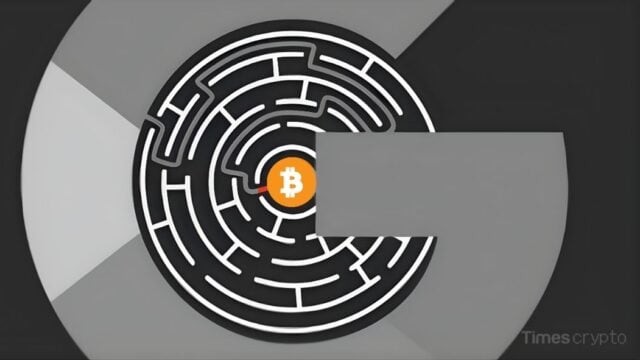Key Takeaways:
- BTC miners earned $57.4K per EH/s in July 2025, the highest since the April 2024 halving.
- Mining difficulty reached an all-time high of 127.6T, putting pressure on miners to work as efficiently as possible.
- A structural shift is taking place as miners become strategic sellers, driving long-term institutional demand for Bitcoin.
Bitcoin (BTC) miners earned their best monthly profitability since the last halving in April 2024, displaying financial strength in the face of increasing network competition. A new report from banking giant JP Morgan highlights the strong performance of miners, which occurred while mining difficulty climbed to a new all-time high, painting a “survival of the fittest” picture for the industry.
According to a note from JP Morgan analysts Reginald L. Smith and Charles Pearce, miners earned $57,400 per exahash per second (EH/s) in daily block reward revenue in July. BTC EH/s (Exahashes per second) is a metric that measures how quickly a miner’s computer can attempt to solve mathematical problems in order to earn BTC; the higher it is, the more powerful and profitable it is as well. The report referred to it as a “strong month for the miners,” with ten of the thirteen miners outperforming BTC’s 8% price increase for the month of July.
However, miners’ monthly performance comes with certain challenges in the post-halving era. The JP Morgan research also stated that daily revenue and gross profit per EH/s are 43% and 50% lower than they were prior to the last halving in April 2024, which reduced block rewards from 6.25 BTC to 3.125 BTC. This highlights the enormous pressure on miners to operate at maximum efficiency in order to remain profitable.
The most imperative metrics to measure miners’ difficulty are the hashrate and BTC mining difficulty. The BTC mining difficulty is decided by the change in hashrate itself. Hashrate is the total processing power competing to earn new BTC. To maintain network stability, the mining difficulty increases automatically when more computing power (hashrate) joins, intensifying competition.
The BTC mining difficulty increased by 9% over the last month in July, reaching a new high of 127.6 trillion this week. This signifies that the network is generating a significant amount of computational power (hashrate). Individual miners are finding it more difficult than ever to solve a block and collect rewards since the hashrate has increased exponentially in recent years.
The continuing decline of BTC held by miners reflects a larger economic maturing of the Bitcoin ecosystem. What would have previously caused selloffs is now simply a signal that Bitcoin ownership is shifting, from producers to long-term believers and financial institutions. This move demonstrates a strong bullish basis, particularly if demand continues through institutional products like ETFs. Miners are moving from accumulators to strategic sellers. The decline in miner reserves is not bearish; rather, it is structural. As long as demand exceeds issuance, prices for BTC will keep on appreciating.







